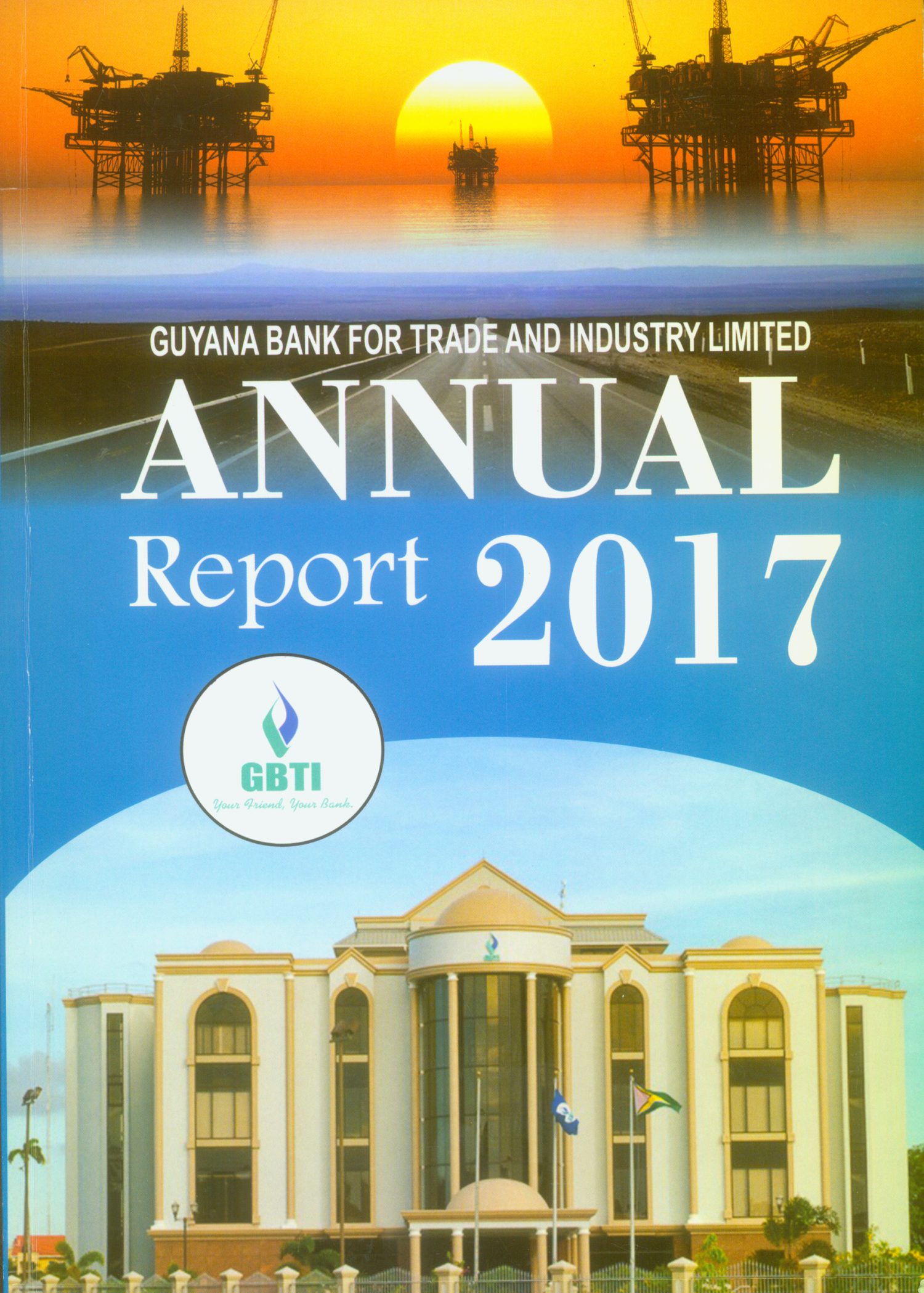Still grappling with the fallout from a $941m fraud case that is before the courts, the Guyana Bank for Trade and Industry (GBTI) has reported a 25% decline in profit for 2017 in a year which also saw a decline in interest income.
After-tax profit for 2017 was $1.5b compared to $2.032b in 2016. The bank will hold its Annual General Meeting on June 21st and the proposed final dividend to shareholders will be below what was paid for 2016.
The bank’s net interest income slid by 16.2% from $5.045b in 2016 to $4.223b last year. Other income rose from $2.351b in 2016 to $2.467b last year.
The operating expense rose from $3.965b in 2016 to $4.215 last year. Taxation was down from $499m in 2016 to $367m last year.
On April 3rd 2017, gold dealer Saddiqi Rafeek Mohamad Rasul was charged with defrauding the bank of $941m and this event has had a significant impact on GBTI’s bottom line.
In his chairman’s report, Robin Stoby SC said that steps had been taken to prevent a recurrence.

He said that the bank had initiated a claim under its insurance coverage for incidents of this nature and is pursuing recovery of the amount “so grossly denuded from our reserves; however we will not cease to follow up all legal avenues to recover the full loss”.
He noted that a criminal case is proceeding in court and a civil case has also been lodged.
A total dividend of $14 per share has been recommended. The dividend figure for 2016 was $17 per share.
Towards the end of 2017, Stoby noted that the bank had engaged Trinidadian banker Larry Nath as an “independent executive consultant” during which time he brought his experience to bear on the bank’s business. Stoby said that Nath subsequently declined GBTI’s offer to assume the role of Chief Executive Officer (CEO) of the bank as he was completing “other professional engagements”.
Nath had been introduced to the media here as the new acting CEO following the departure of John Tracey in the wake of the $941m fraud case. Questions were then raised about Nath’s background in the Trinidadian banking sector. Those questions appeared to have influenced the decision that Nath would not take up the CEO post.
Since then, Stoby noted that the board had appointed one of its directors, Richard isava to act as CEO until a permanent CEO is appointed.
Stoby noted that the bank is also actively defending charges levelled against its directors by the Special Organised Crime Unit (SOCU) pertaining to the production of documents regarding a customer who is being probed by SOCU under the Anti-Money Laundering and Countering the Financing of Terrorism law.
Stoby also said that the bank wished to express its gratitude to former CEO Tracey who went into retirement.
In his Executive Director’s report, Isava said the $941m fraud had affected both the bank’s operational efficiency and its financial performance. The bank expects a return to normal profitability levels this year.
He said that total loans at the end of 2017 was $44.7b which was down 1.75% from 2016.
“The Bank’s Non-Performing Loans remain an area of concern. Our relentless efforts to remedy these loans have proven fairly satisfactory. These loans are significantly collaterised and coupled with our increasing loan provisioning; losses are expected to be minimal. The Bank continues to work with our borrowers with due cognizance to the slowing economy”, Isava said.
In 2016, the loan impairment expense was $899m. In 2017, the figure was $587m.
In terms of profitability, Isava said that the bank’s return on assets for 2017 was 1.54% compared to 2.07% the previous year as a result of the lower profit.
Isava announced that the bank had embarked on a rebranding campaign and its new tag line is “We see Guyana through your Eyes”.






